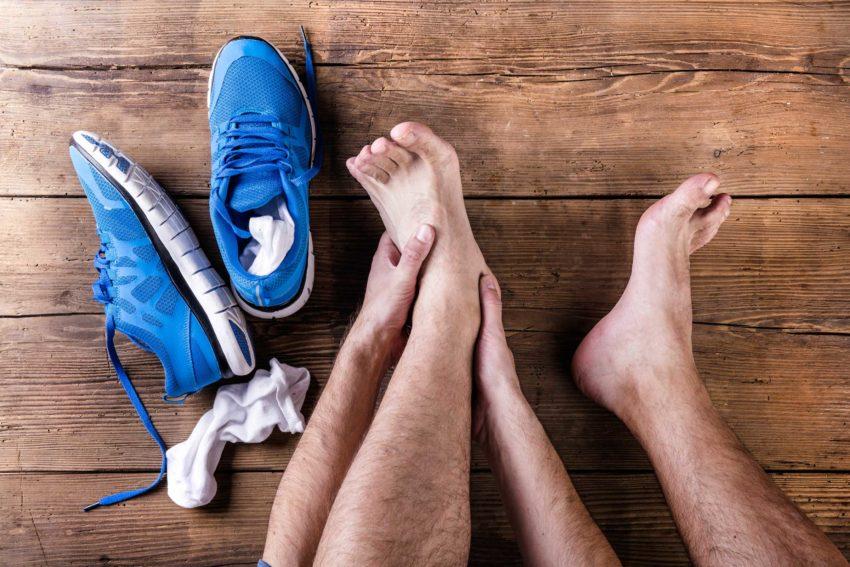Sprains and Strains – Common Causes, Treatments And Recovery
As all athletes know – weekend warriors or pros – injuries such as sprains and strains happen. At times these are unavoidable, such as landing on someone’s foot and twisting an ankle. However, some of the factors that increase the risk of injury can be rectified and treated quickly to keep you active and off the sidelines.
Common Causes of Sprains and Strains
Muscle Imbalance – for instance if the quadriceps are too strong compared to the hamstrings, a hamstring strain can happen just by kicking a ball.
Poor Control/ Weakness – this leads to poor technique and overloading of structures. For instance, a weak core can lead to someone putting too much pressure on their ankles and result in an ankle sprain,
Fatigue – most strains and sprains are picked-up at the end of games or training sessions due to fatigue muscles not responding as quickly. This can also apply to the days after a heavy work-out or game if the right amount of recovery, including nutrition is not taken.
Stiffness and Tightness – this limits the range of motion of a joint, increasing pressure in the body. This limitation can be a result of previous injuries or our lifestyle and needs to be addressed to help recovery and prevent further injury.
Ill-fitting Equipment – if the equipment does not fit correctly the body has to compensate, putting it under a great strain. Some equipment can be changed easily such as adding an extra grip to a tennis racket, but others need to be more tailored – for instance the standard golf club is made for someone 5’10 (men) and 5’4 (women). If you’re unable to use these clubs effectively, then customized clubs are an option to help reduce pain and pressure.
Did you know?
Swelling is an important aspect of recovery from a sprain or strain but using the PRICE method can help guide the inflammatory process and speed up the recovery:
P – Protection of the injured area. Re-injury due to returning to activities to quickly is very common. Also, the use of braces and tape can be important to support and protect the tissues.
R – Rest – When the adrenaline’s pumping, and you’re having fun, it can be difficult to stop. However, not doing so can lead to more serious injuries and longer time on the sidelines.
I – Ice should be applied immediately and repeated through the 24-48 hours post-trauma, maybe longer if active swelling remains. Be careful to avoid side burns; put a towel between ice and skin and always be sure you can move your toes and fingers.
C – Compression should be applied initially and again for the first 24-48 hours. Be careful not to cut off circulation, so check and move your toes and fingers regularly.
E – Elevation of the injured area – aim to get the affected area above the level of the heart. For instance, put your wrist on the opposite shoulder for a wrist sprain. For an ankle, lay down with your leg supported in a raised position
How can physiotherapy help?
Physiotherapy has been proven to help you from initial injury related to sprains and strains, to returning activity and prevention of further injuries through the use of thorough assessment and personalized treatment plan which will aim to:
- Reduce swelling and pain. The initial step in healing will be achieved through the use of modalities when needed and hands-on work to help you be pain free as quickly as possible.
- Regain full range of motion to the affected area. This will be through stretches, gentle joint mobilizations and soft tissue work; ensuring the joint movements correctly is the key to preventing further injury or creating new problems in other areas of the body.
- Regain strength and stamina. Weakness occurs in post injury and the aim is minimize this and address any weaknesses which contributed to the initial injury. The use of tape or support braces may be used to help you return to activity quicker, but the aim is not to be dependent on these and get you fully rehabilitated.
- Address muscle imbalances to help prevent further injury.
- Advice on equipment and technique – John has a sports degree which helps expand his role beyond that of a physiotherapist.
- Regain proprioception. This is a key component of balance and is the body’s sense of spatial awareness and is very important in all aspects of daily life and activity.

